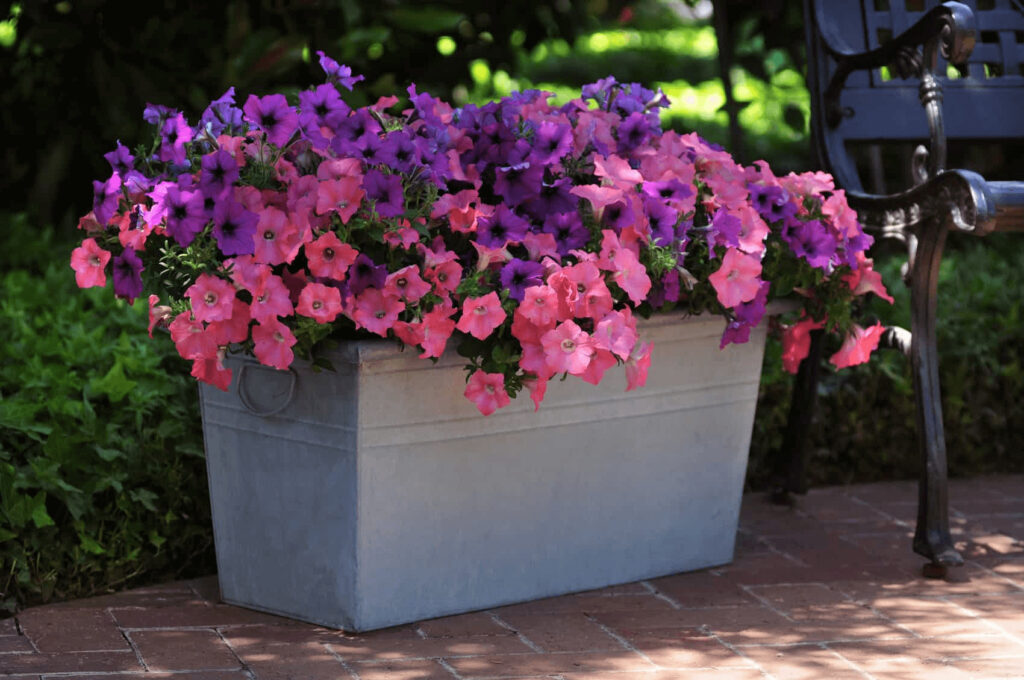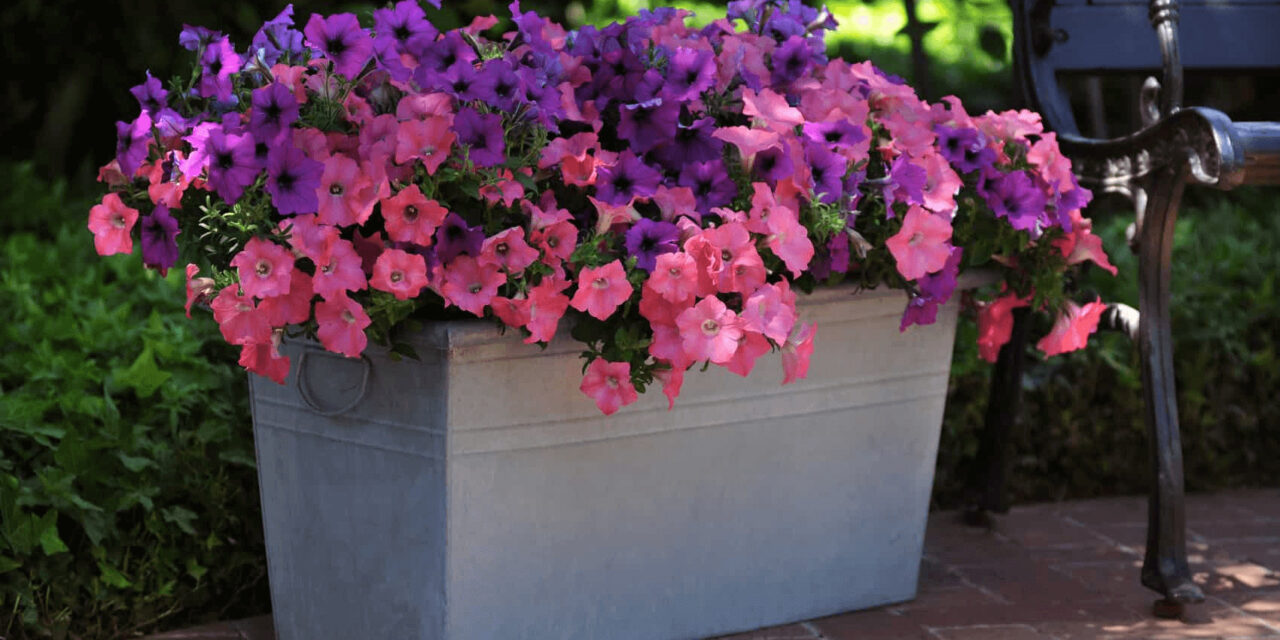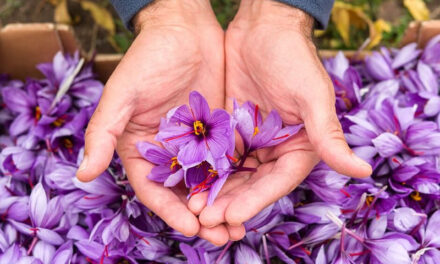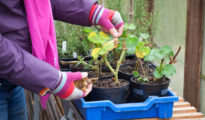Petunias are a popular flowering plant that is known for their bright and vibrant colors. They come in a variety of colors, including pink, purple, red, and white, and are often used in garden beds, hanging baskets, and containers. They are easy to grow and maintain, making them a popular choice for both novice and experienced gardeners alike. In this article, we will explore how to grow petunias, care for them, and troubleshoot any problems that may arise. We will cover everything from choosing the right soil to fertilizing and watering techniques.

Choosing the Right Soil:
The first step in growing petunias is to choose the right soil. Petunias prefer well-drained soil that is rich in nutrients. The ideal soil pH for petunias is between 6.0 and 7.5. If the soil is too acidic or alkaline, the plant may not grow properly.
To ensure that your petunias have the right soil, start by testing the soil in your garden bed or container. You can purchase a soil test kit from your local garden center or online. Once you have tested the soil, you can adjust the pH level by adding lime to make the soil more alkaline or sulfur to make it more acidic.
If you are starting with a new garden bed, consider adding organic matter to the soil. This can be in the form of compost, aged manure, or peat moss. Organic matter helps to improve the soil structure and adds nutrients that are essential for plant growth.
Planting Petunias:
Petunias can be grown from seed or transplants. If you are starting from seed, you will need to start them indoors about 10-12 weeks before the last frost date in your area. Petunia seeds are very small, so be sure to use a seed starting mix that is fine-textured.
When planting petunias, it is important to space them out properly. If you are planting in a garden bed, space the plants about 12-18 inches apart. If you are planting in a container, use a pot that is at least 12 inches in diameter and plant one petunia per pot. Petunias prefer full sun, so choose a location that receives at least 6 hours of direct sunlight per day. If you live in a hot climate, it is best to plant petunias in an area that receives some shade in the afternoon.
Watering Petunias:
Petunias require regular watering, especially during the hot summer months. It is important to water deeply, so the water reaches the roots of the plant. Shallow watering can cause the roots to grow closer to the surface, making the plant more susceptible to drought. When watering petunias, it is best to water in the morning. This allows the plant to dry out during the day, reducing the risk of fungal diseases. Avoid watering in the evening, as this can lead to the development of fungal diseases.
Fertilizing Petunias:
Petunias require regular fertilization to thrive. A balanced fertilizer that is high in phosphorus is best for petunias. Phosphorus promotes root growth and flower production. When fertilizing petunias, start by fertilizing at the time of planting. Use a slow-release fertilizer that will provide nutrients over several months. After that, fertilize every 4-6 weeks with a water-soluble fertilizer.
Pruning Petunias:
Petunias benefit from regular pruning. This helps to promote bushier growth and encourages the plant to produce more flowers. To prune petunias, simply pinch off the tips of the stems. This will encourage the plant to produce new growth from the base of the stem.
Deadheading Petunias:
Deadheading is the process of removing spent flowers from the plant. This helps to encourage the plant to produce more flowers and prevents the plant from expending energy on seed production. To deadhead petunias, simply pinch off the spent flowers along with the stem that supports them. Deadheading should be done regularly throughout the growing season to promote continued flowering.
Troubleshooting Common Problems:
Despite their ease of care, petunias may face certain problems. Here are some common problems that petunias face and how to address them:
- Powdery Mildew: Powdery mildew is a fungal disease that appears as a white, powdery coating on the leaves of the plant. It thrives in warm, humid conditions. To prevent powdery mildew, water petunias at the base of the plant, rather than from overhead. Avoid overcrowding plants and provide good air circulation. If powdery mildew does occur, treat with a fungicide.
- Root Rot: Root rot is a fungal disease that affects the roots of the plant. It is caused by overwatering and poor drainage. To prevent root rot, ensure that petunias are planted in well-drained soil and that they are not overwatered. If root rot does occur, remove affected plants and improve drainage in the soil.
- Aphids: Aphids are small, soft-bodied insects that feed on the sap of the plant. They can cause stunted growth and yellowing leaves. To control aphids, spray the plant with a strong stream of water to dislodge them. Alternatively, use an insecticidal soap or neem oil to control the infestation.
Petunias are a beautiful and easy-to-care-for plant that can add color and vibrancy to any garden or container. By choosing the right soil, planting in a sunny location, and providing regular watering and fertilization, you can enjoy beautiful blooms throughout the growing season. With proper care and attention, petunias can be a long-lasting and rewarding addition to your garden.



















